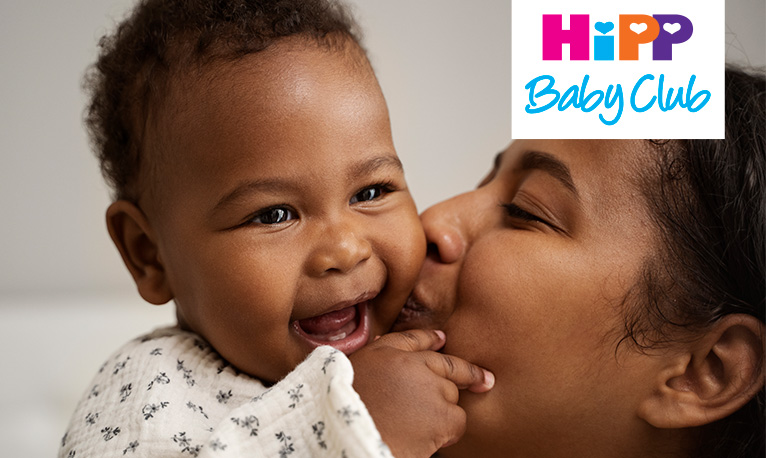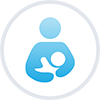Baby Sensory at Home
Development |Bonding with your baby goes far beyond the cooing and cuddles. Every interaction you share is an opportunity for them to learn about the world around them – and where they fit into it. Everything is new and exciting to your little one. So, while you might not be able to attend organised groups like baby sensory, singing or signing classes, there are still lots of ways you can help them reach those baby milestones – without leaving home.
Believe it or not, little ones can be entertained by the littlest things. They’re naturally curious and interested in all sorts of everyday objects. Things that make a noise. Things with different textures. Things that light up. Things they can pat, grab, drop and eventually hold on to! Things that you’ve probably got at home already.
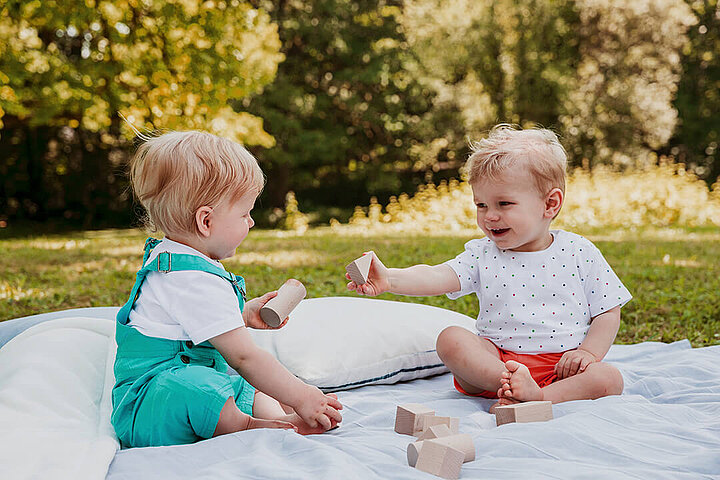
Once you get started, you’ll find that almost anything can be a toy – providing it’s safe (please see the notes on safety at the end of this article). And that the simplest things can go a long way to helping their hand-eye coordination, and problem-solving skills.
After safety, the most important thing to remember is that you are your baby’s hero. Any time with you is time well spent, even if you’re just pulling silly faces at them or playing peek-a-boo behind a tea towel. So, don’t be shy. Be silly. Make eye-contact, smile lots and have fun. Playing is an amazing way for your baby to learn.
If you’re not sure where to start, take a look at our list of baby sensory ideas to try at home:
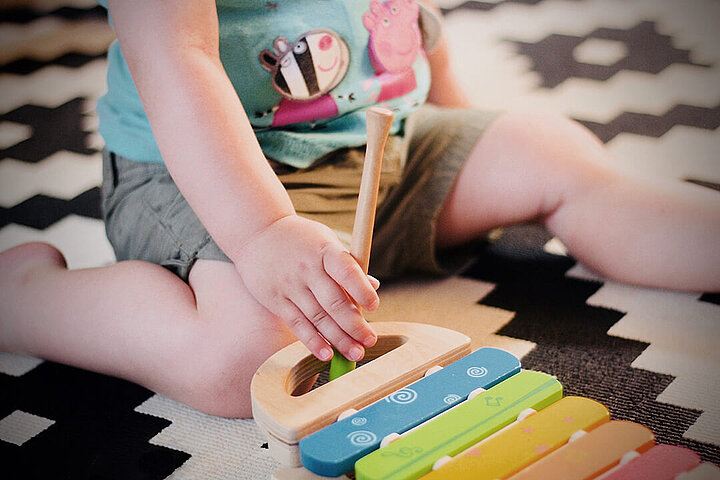
Mini musical instruments
Anything they can bang, shake or rattle counts as an instrument. Dry rice or pasta in a screw top jar makes a great maraca. While a wooden spoon and saucepan are perfect for drumming. A great introduction to rhythm and a multitude of sounds.
Stack and sort
Cardboard boxes, plastic pots, anything with lids are great to open and shut, as well as sort, stack and knock down. Using different materials, sizes and shapes can help them get to grips with textures, weight, sound and even the temperature of things.
Indoor assault course
If your little one’s already on the move, large cardboard boxes make great tunnels for crawling through. Arrange a few cushions on the floor (slalom style) and perhaps a blanket in the washing basket and you have an indoor assault course ready to explore.
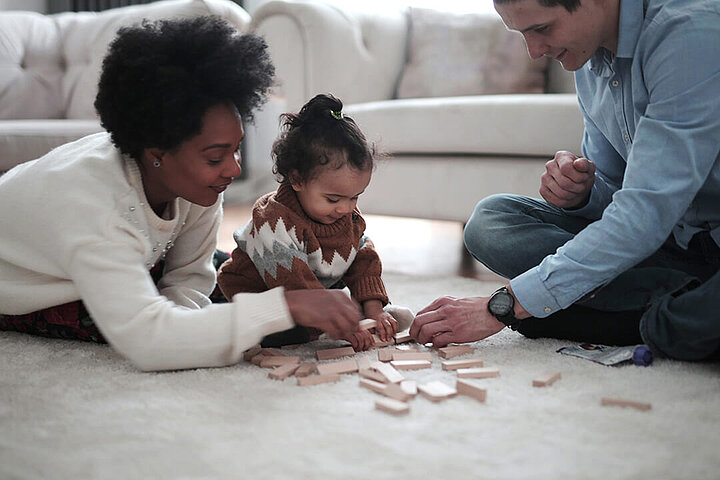
Line them up
Empty egg boxes are perfect for storing small toys in. Let your baby take them out and put them back in again. Seemingly simple but good for the hand-eye coordination.
Lucky dip
Pulling different textured objects out of a shallow basket or cloth bag can be a real sensory delight. A silk hanky, clean scrubbing brush, paper cup, bath sponge, plastic spatula, a sock with a ball in it... anything will do!
Hidden treasure
This exciting little game involves hiding items under a blanket or in an empty tissue box and letting your baby discover them one at a time. It’s a great way for them to learn that things still exist when they can’t see them.
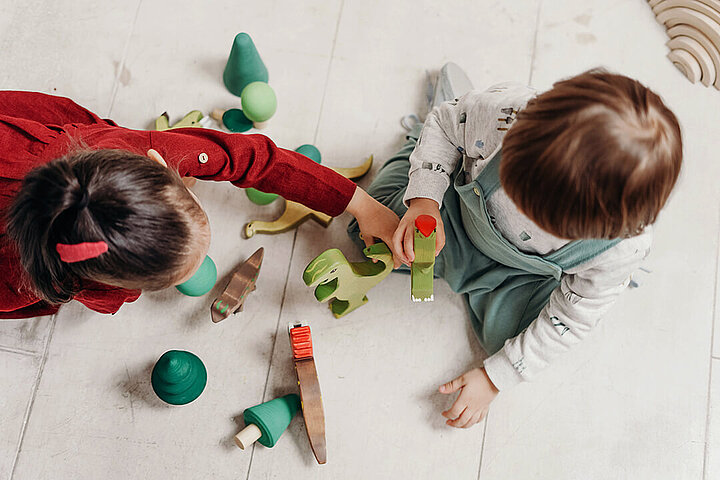
Where’s the...?
Similar to the hidden treasure game, place a toy car, teddy, watering can, or whatever you like, under a blanket and ask your baby “where’s the... (whatever item you’ve hidden!) They’ll love pointing and grabbing. They’ll also get to learn the name of what you’ve hidden.
Puppet show
Duck down behind the sofa to make your stage and use glove puppets or odd socks as the characters. Be as silly as you like. Hearing your voice helps them recognise vocabulary. While seeing the puppets come and go helps them to understand that things still exist when they can’t see them.
Cuddle up with a book
Hide-and-seek or lift the flap books are great for curious little ones who may find turning the pages irresistible. Book time is also a good excuse for a cuddle (if you need one!)
Virtual fun
Virtual baby sensory classes are available online. If you like the idea of a group activity without the actual group, you might like to take a look and see what’s out there.
Virtual baby sensory classes are available online. If you like the idea of a group activity without the actual group, you might like to take a look and see what’s out there.
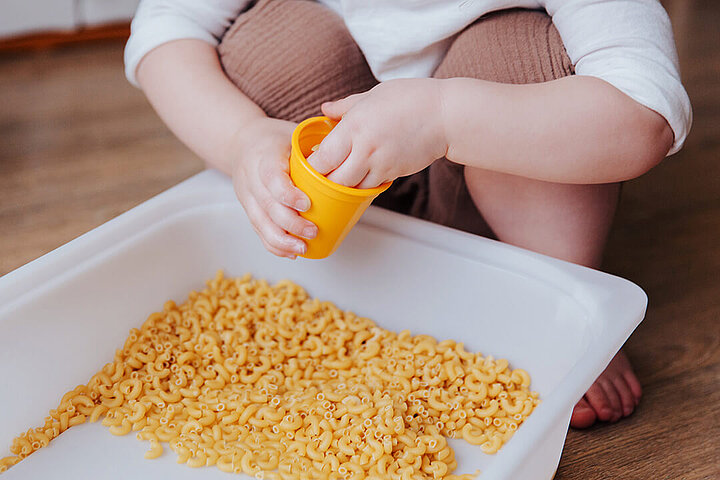
But you don’t have to play games to share quality time with your baby. Routine activities, like feeding, nappy changing, getting dressed, bath time or going to bed are some of the best times to let them know how special they really are.
Notes on safety:
It’s important to ensure that every object you use is safe for your baby to put into their mouth or chew. Never use anything that contains magnets, batteries or small parts they could choke on. If the object fits through a kitchen roll cylinder, then it is not safe. Always avoid objects with long cords or ribbons which could cause strangulation. Calculators, video games, painted second-hand toys, objects with sharp edges and points, plastic wrap, and Styrofoam are not suitable for babies. And remember, always supervise your baby while they play.

